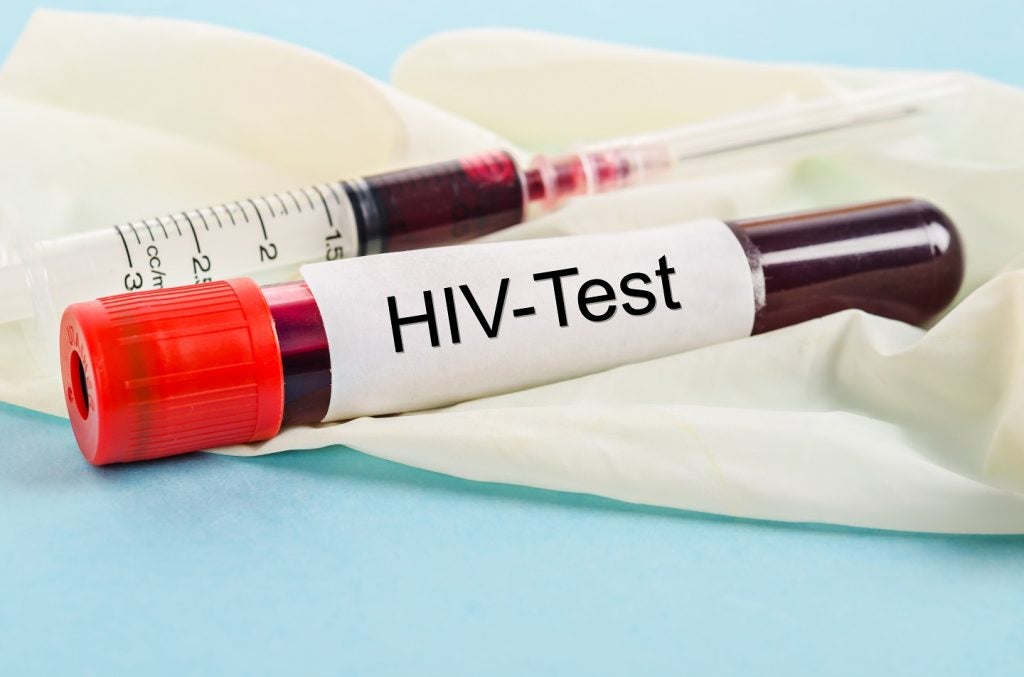
Relationships in general are complicated and require constant massaging and manipulation. Anyone in clinical research, knows that the relationship between data management and clinical operations is an important paradigm. There has however, been an ongoing struggle to establish “perfect communication” between the two areas in clinical research. And, let there be no misunderstanding, there is no such thing as “perfect communication” in this industry or in life. However, when I think about how I would ensure that the communication pathway was solid between not only DM and CO, but with other key departments as well, a few ideas come to mind.
In order to improve communication among groups, the first step in the process, regardless of the industry you are working in, is to completely understand the activities, goals, and expectations. Initially, someone must take the lead to establish the need for this type of communication. The lead would then be responsible for identifying the key leads from all of the required areas, namely, data management, clinical, biostatistics, etc. The leads from each area really should be the subject matter experts. It also might be beneficial to include quality QC as a member of the functional team. They may be able to contribute to the dynamics of the team from a QC perspective when documentation needs to be reviewed by the teams.
The RACI Factor Key to Effective Communication
Effective communication starts with knowing your audience. In the clinical arena, to establish effective communication, each department will need to be involved in identifying who is responsible for what tasks/activities. This can be initiated by setting up a RACI that identifies, not only roles and responsibilities, but helps to implement and outline accountability for everyone involved. The acronym, RACI is a matrix that is extremely useful in identifying cross functional or departmental projects and/or processes.
With the RACI, the key areas include Responsible, Accountable, Consulted, and Informed. It adds a tag to each role within the process or the department, and it clearly identifies the role of each person on the team. While data management and clinical operations have some clearly distinctive roles, the lines do blur in some areas, and having the RACI will help to alleviate any miscommunications or missed deliverables.
Establishing pragmatic communication from the beginning of a project/process will help the team avoid wasting time. Everyone involved should understand their roles and will ultimately be more willing to accept their respective responsibilities, if they clearly understand them. What do I deem as “pragmatic communication?” This type of communication is all encompassing – verbal, written and non-verbal. Clearly the verbal form of communication between these two groups will help by allowing the groups to discuss at a roundtable, any road blocks or concerns that they may have with the projects or the processes to be implemented. The written communication can be a detailed document that includes the RACI and outlines in complete detail the role of each person, as it relates to the task(s) to be done.
The written communication will also include email communications, and meeting minutes. The non-verbal communication is a bit more subjective, as it involves understanding your audience as you embark on the task(s) at hand. Sometimes the non-verbal communication, can show you that even though someone is nodding yes, for example, to having data management resolve clinical queries, because it was suggested by the Head of Data Management, in theory, their body language and facial expressions mask their true non-verbal agreement to this idea. Since data management and clinical operations must work together, and in sync for any clinical trial to be successful, it is of the utmost importance that they find ways to co-exist in the project space and build alliances to ensure that at the end of the day, the project or the processes they are trying to implement are successful.
How well do you really know your competitors?
Access the most comprehensive Company Profiles on the market, powered by GlobalData. Save hours of research. Gain competitive edge.

Thank you!
Your download email will arrive shortly
Not ready to buy yet? Download a free sample
We are confident about the unique quality of our Company Profiles. However, we want you to make the most beneficial decision for your business, so we offer a free sample that you can download by submitting the below form
By GlobalDataEstablishing the Pathway to Success
An important step in building a cohesive team is to identify what has or has not worked in the past. Try to build on the positive things and eliminate those that had a negative impact. This will allow the team to focus/refocus and refine the process as needed. The team will have to be realistic and understand that not everything will be doable or will work effectively to increase communication. Take the best of what you have and build on it.
Another mode of ensuring communication is to build and maintain strong relationships and good team dynamic through this defined team structure. Open communication is key for any and all activities within the participating departments to ensure success in reaching the established goals.
Scheduling cross functional team meetings across projects or trials will ensure that everyone is on the same pathway for success of the project. An example of where the collaboration across teams is important is the development of the Annual Safety Reporting. When the safety reporting is due, it requires a cross functional team to add components to the process to get a complete picture and a concise annual report.
The roles in this process include: Regulatory, who will establish data cut-off dates; Clinical will ensure that all data is monitored and source data verified; Pharmacovigilance (PV) will make sure that the PV database has been reconciled and aligned with the Serious Adverse Event (SAE) database; Data Management will ensure that all data is clean and queries pertinent to the safety update has been reconciled, Biostatistics will provide Medical Writing clean datasets for writing purposes, and so forth.
Action items delineate who is responsible for the follow-up of agenda items. These action items must be clear and the responsible person(s), must know the expectations for completion of these follow-up items. Providing timelines with start and stop dates will not only keep the project on course, but will keep the responsible person(s) on track for completion.
Always factor in risk mitigation when establishing communication between departments. The team much proactively identify any potential roadblocks and risks across functions to ensure success. Action plans for mitigation must be written, understood and followed to prevent other risks not outlined in the plan.
Finally, the communication between data management and clinical operations during the drug approval process, must be open and concise. The use of solid communication is pivotal to getting the drug to market. Incorporating all the above methods of communication, will hopefully close gaps and not allow things to fall through the cracks so that the entire project, including the submission are a success!








Related Company Profiles
CO INC
Data Management, Inc.
Raci Pty Limited
Clinical Holdings, Inc.
QCHI